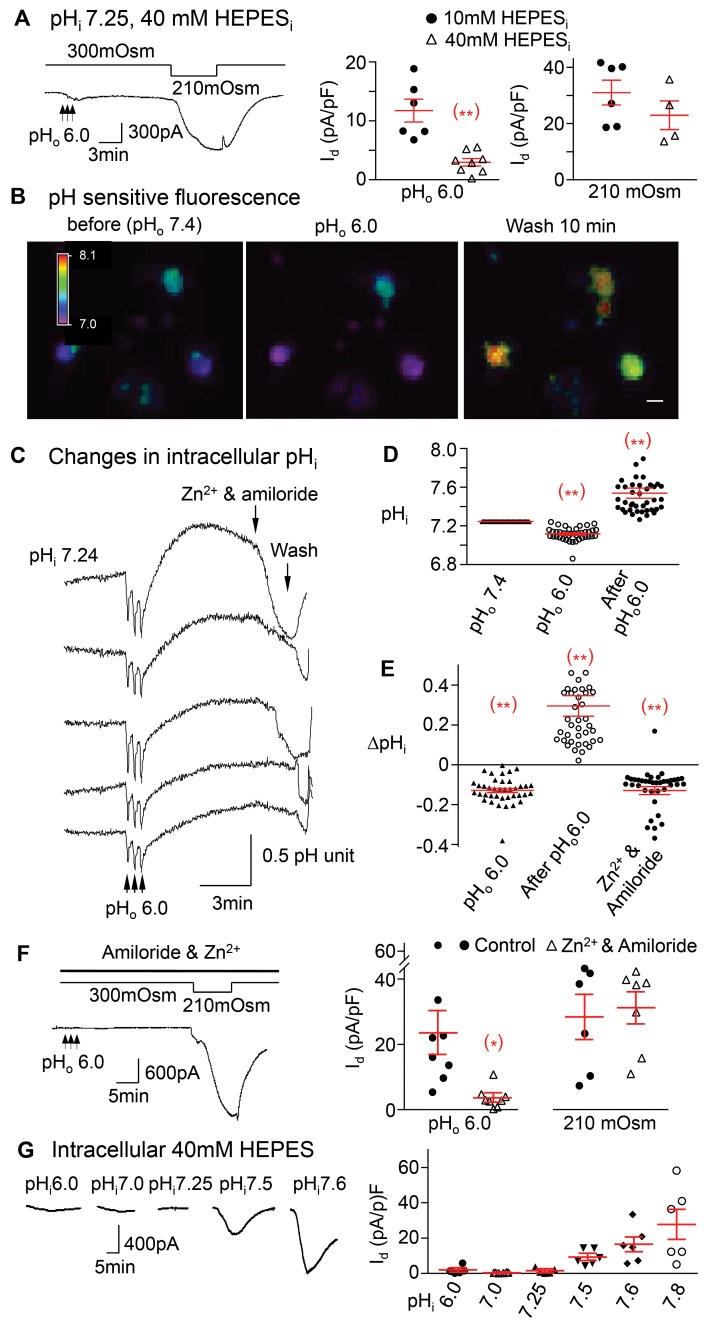Figure 7. The pHo-conditioned Cl– current is dependent on intracellular alkalinity.
(A) The pHo-conditioned current is significantly reduced when changes in pHi are buffered effectively with 40 mM HEPES (3.0 ± 0.6 pA/pF, n = 4 mice) compared with 10 mM HEPES (11.8 ± 2.0 pA/pF, n = 4 mice, **P < 0.01). However, the effect of hypoosmolarity is still preserved (23.7 ± 5.1, n = 2 mice in 40mM HEPES, vs. 31.0 ± 4.4 pA/pF, n = 4 mice in 10 mM HEPES, P > 0.05). (B) The pH-sensitive fluorescence of BCECF is changed from “blue” at pHo 7.4 (first image) to purple during exposures to pHo 6.0 (middle image) and to green, yellow, and red after the exposure (right image), reflecting variable increases in pHi. Horizontal bar in the right panel represent 20 μm. (C) Tracings represent changes in fluorescence recorded from 5 different neurons simultaneously first during their transient exposures to pHo 6.0 and then following the increases in pH to a variable degree in each neuron. Those increases are rapidly reduced when Zn2+ and amiloride are added (see arrow). (D) Normal pHi of 7.2 ± 0.04 (n = 40 neurons from 3 mice at pHo =7.4) drops to 7.11 ± 0.01 (n = 40 neurons from 3 mice, **P < 0.01) during the transient exposures to pHo 6.0 and then increases to pHi 7.54 ± 0.05 during the peak conditioned current (n = 40 neurons from 3 mice, **P < 0.001). (E) pHi drops (ΔpHi) by 0.13 ± 0.01 units (n = 40 neurons from 3mice, **P < 0.01) during exposures to pHo 6.0, increases by 0.29 ± 0.05 units (n = 40 from 3 mice, 2 data points not shown, **P < 0.01) after exposure and then rapidly declines by 0.13 ± 0.02 units (n = 39 from 3 mice, one point not shown, **P < 0.01) with the addition of Zn2+ and amiloride. (F) The pHo-conditioned current (black arrow) is inhibited from 23.4 ± 6.5 (n = 5 mice) to 3.6 ± 1.1 pA/pF (n = 4 mice, *P < 0.05) with amiloride and Zn2+, but the hypoosmolar-induced current remains intact (25.9 ± 6.3, n = 4 mice, vs. 28.6 ± 4.5 pA/pF, n = 4 mice, P > 0.05). (G) A drop in pHi from 7.25 down to 7.0 and 6.0 does not induce a significant pH-conditioned current, with values of 1.4 ± 0.6 (n = 2 mice), 0.4 ± 0.1 (n = 2 mice), and 1.8 ± 0.8 (n = 2 mice) pA/pF, respectively. In contrast, increases in pHi to 7.5, 7.6, and 7.8 cause progressively larger and prolonged inward currents, averaging 9.2 ± 1.8 (n = 3 mice), 16.3 ± 4.1 (n = 4 mice), and 27.5 ± 8.5 pA/pF (n = 3 mice), respectively (P = 0.021 by ANOVA). All panels include responses of individual neurons with means ± SE. Statistical comparisons are unpaired 2-tailed Student’s t test, except G.

